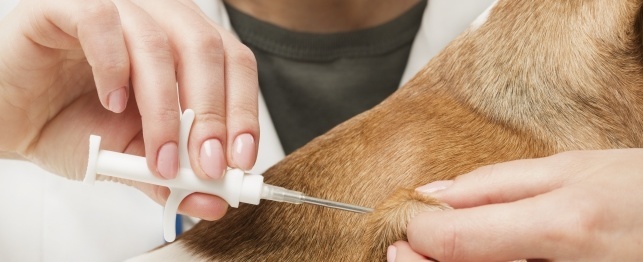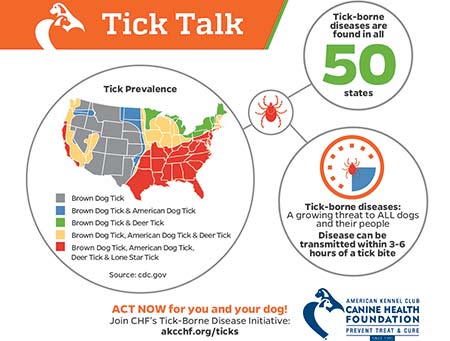According to the Textbook of Veterinary Internal Medicine (c. 2000), 1 in 500 dogs is diabetic. There are 2 types of canine diabetes: diabetes insipidus and diabetes mellitus. In nearly all cases, dogs suffer from the latter, which is based on a deficiency of insulin. It typically manifests when a dog is between 4 and 14 years old, and affects both genders (though some breeds are more susceptible than others).
Over time, if the condition isn't treated, a dog may begin showing signs of lethargy and depression. Eventually, because their weakened systems cannot fight off bacteria and infections properly, they can become susceptible to other health issues. In this article, we'll provide an overview of identifying the problem, understanding its causes and symptoms, and ultimately, treating it.
Identifying The Problem
Even though diagnosing canine diabetes is best left to an experienced veterinarian, there are several warning signs that suggest your dog may be dealing with the condition. Initially, you may notice that your dog is perpetually hungry and thirsty. You'll also observe him having to urinate often. If you see these things, take your dog to a veterinarian.
If you neglect to have a veterinarian perform a proper examination, the condition can worsen. You may start noticing your dog beginning to lose weight, despite a normal diet and exercise routine. This happens because, in the absence of insulin, your dog's body starts breaking fats and proteins down in order to get energy.
Causes And Symptoms
There are a number of possible reasons why your dog may become diabetic. First, it can occur due to a virus that attacks the pancreas. In doing so, the virus can destroy the cells that are responsible for producing insulin, thereby causing a deficiency. This can also happen as a result of an infection within your dog's pancreas. It's important to note that female dogs that are unspayed are more susceptible to diabetes simply because their reproductive hormones are imbalanced.
Treating The Condition
Treating canine diabetes is a two-pronged approach that includes dietary changes and insulin therapy. You should make changes to your dog's diet, according to the recommendations of a veterinarian. For example, if your dog's pancreas has an infection and is inflamed, begin removing canned food that has a high fat content from his diet. If your dog is carrying too much weight, the veterinarian will likely suggest creating a meal plan that helps your dog shed a few pounds.
While your dog adjusts to his new diet, you'll likely need to administer regular insulin injections to compensate for the deficiency. The injections will likely be necessary for the rest of your dog's natural life.
Knowing What To Expect
Canine diabetes is not cured, but rather managed once it is identified. Owners should understand that the condition is progressive and will take a toll over the years. For example, if your dog has diabetes, it's likely that he'll eventually develop cataracts (though they can usually be removed). Plus, you'll need to constantly monitor your dog to ensure that both his appetite and attitude are healthy.
In the end, diabetes can be managed in a way that allows your dog lives a relatively healthy, happy life for many years. But, he'll need your help to do it.

 Shedding Light on Shedding
Dogs Shed for a Variety of Reasons
Shedding Light on Shedding
Dogs Shed for a Variety of Reasons
 Why Do Dogs Chew?
Why Do Dogs Chew?
Why Do Dogs Chew?. M
Why Do Dogs Chew?
Why Do Dogs Chew?
Why Do Dogs Chew?. M
 Microchipping for Your Dogs Safety
Microchipping for Your Dogs Safety
Microchipping for Your Dogs Safety
Microchipping for Your Dogs Safety
 Natural Treatments for Your Car
Car-Sick Canine: Holistic Remedies
Natural Treatments for Your Car
Car-Sick Canine: Holistic Remedies
 How to Remove a Tick from Your Dog
Removing a tick, or worse, ticks, f
How to Remove a Tick from Your Dog
Removing a tick, or worse, ticks, f